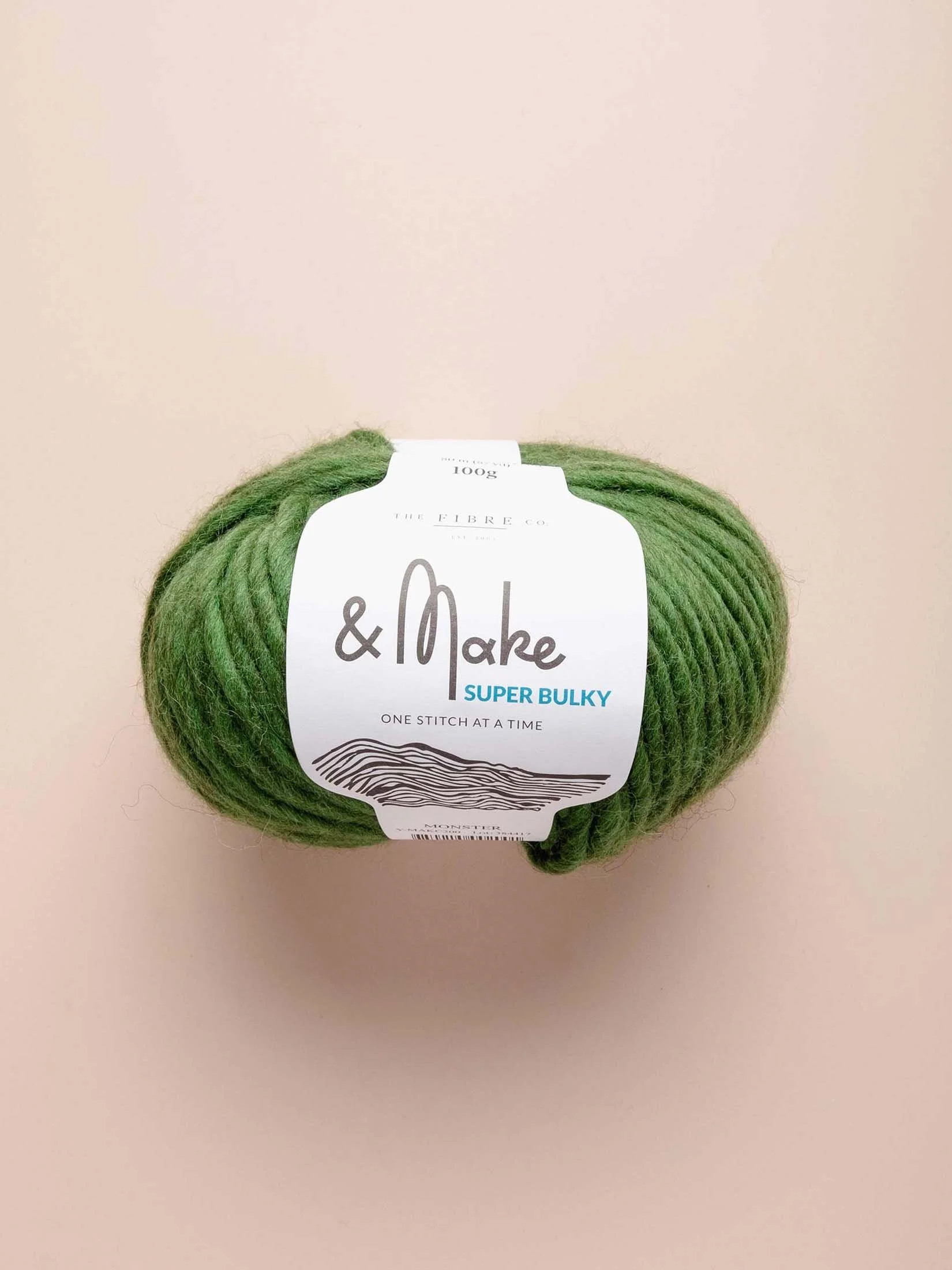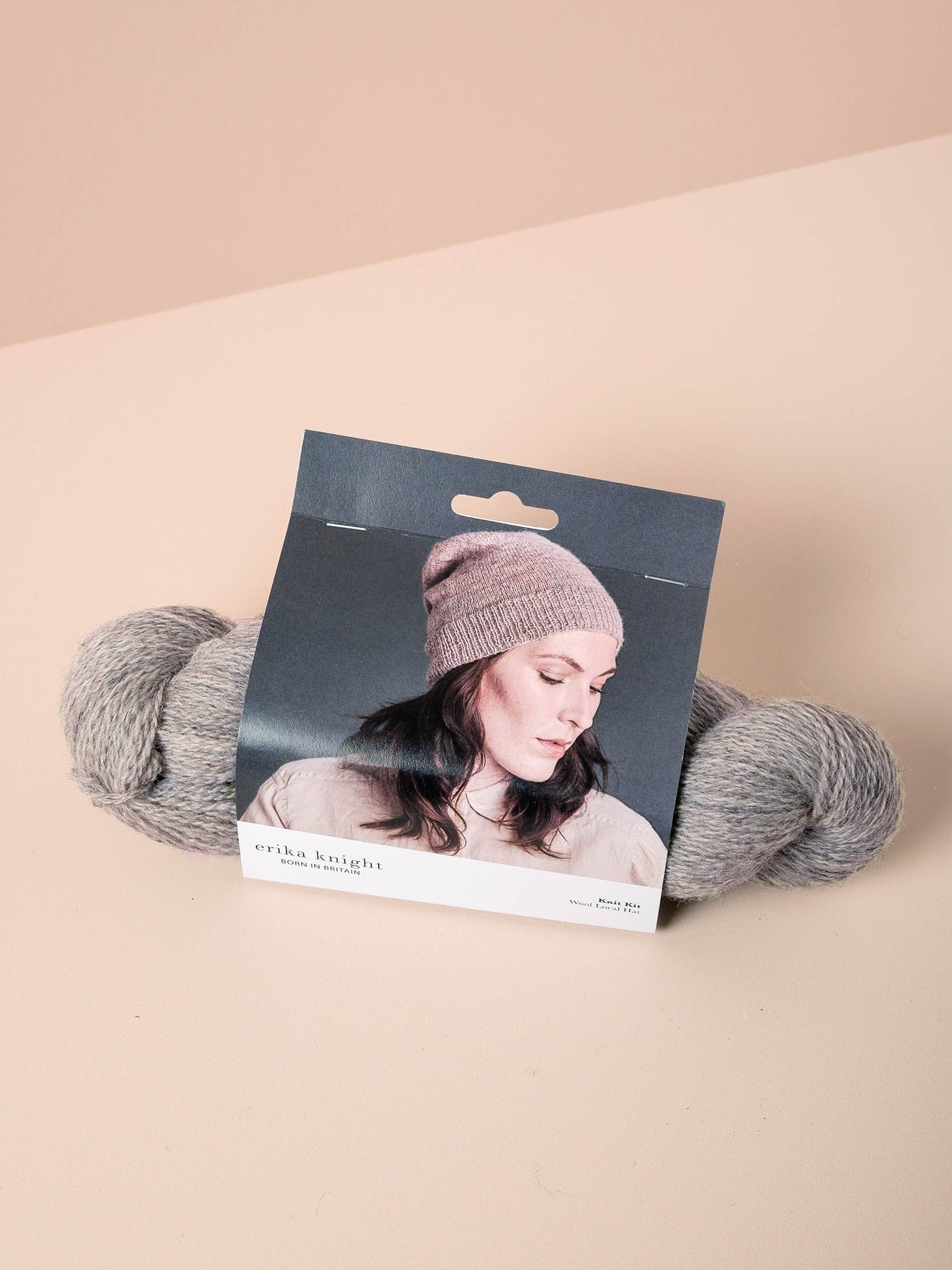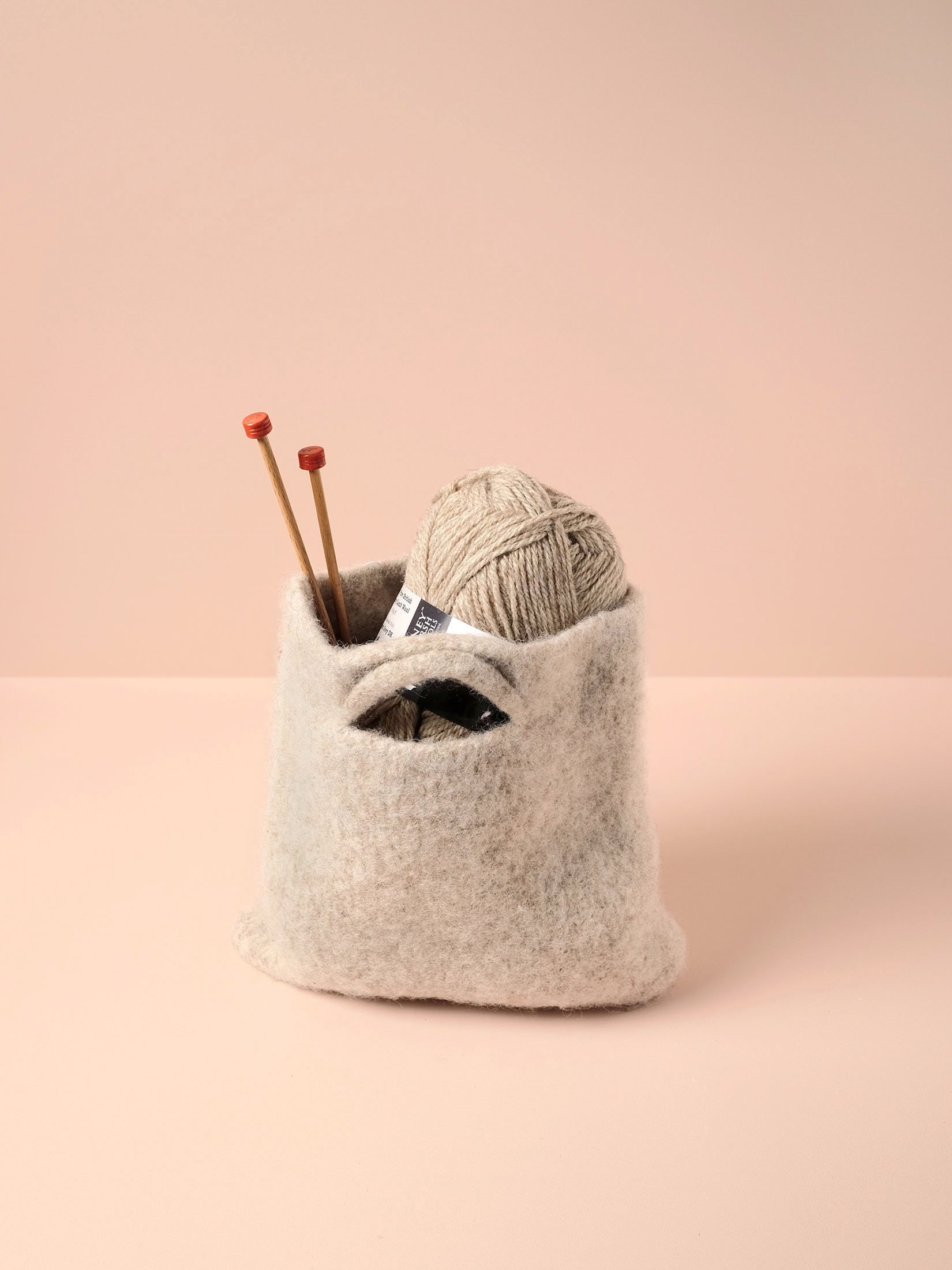Ten Essential Tips for New Knitters
So you’ve decided that you want to learn how to knit, and you’re just about to start out. That is SO exciting!! Knitting is a wonderfully enjoyable and rewarding hobby; but it can also be really scary learning something new. Here are the top ten things that I wish somebody had told me when I was first learning to knit. I’d love to hear how you get on, and if there are any more tips that you would add to the list. Let me know in the comments.
Choose a yarn that you want to knit with.
The most important thing is to pick a yarn that you love - if you don’t like how a yarn feels or looks, then you’re not going to enjoy working with it, and you probably won’t be too keen on whatever you make! Generally a non-superwash wool yarn will be the easiest to work with for a beginner because it will grip your needles well, and any dropped stitches will stay where they are, ready to be picked up.
Select an appropriate yarn weight.
Thicker yarn weights such as double knit, worsted or chunky weight will all be fine if you’re learning to knit. Avoid anything that is too fine as it will require smaller needles and be fiddly. Also go for a yarn that is light in colour - you won’t be able to see your stitches well enough if you use a really dark yarn.
Go for wooden needles.
Wooden needles are easier to use for beginners because they have more grip than metal ones - it’s all about keeping those stitches on your needles when you first start! Read more about how to choose needles for beginner knitters.
Keep it simple
You don’t need to buy all the kit straight away. There are loads of beautiful accessories out there which will make your knitting more enjoyable in the future, but don’t let not having them put you off when you are first starting out. One of the great things about knitting is how much you can achieve with just two needles and some yarn - that really is all you need.
Pick a small first project.
New knitters are often directed towards a garter stitch scarf as a first project. It’s not a terrible idea, but it is a very time consuming knit that will require several balls of yarn. When you’re learning a new skill you want to be able to see results right away so I would recommend a smaller, one skein accessory for some (nearly) instant gratification. (Our Beachcomber Wrist Warmers are the perfect beginner project).
You only need to learn two things…
It’s really easy to become overwhelmed by the amount of information and tutorials that are available, and it can be difficult to know where to start, or even what you need to learn. Start with a cast on, then learn and practice a knit stitch. That really is all you need to get started! Once you’ve made a piece of fabric then you can learn how to cast off…
Don’t pull your yarn too tight.
This is especially important when casting on and off, but also as you’re knitting on a project. Try to relax and aim for stitches which are consistent, but not tight, as it will be really difficult to get your needle into them and that will make knitting really unpleasant! That said, getting an even tension does take practice and it will take a while to get there. To speed up the process, try to relax your hands and avoid knitting on the very tips of your needles.
Use a stitch marker to keep track of which side of the work is the right side.
When knitting something flat, there is normally a right and a wrong side of the work (the front and the back), and it can be difficult to know which is which if you are not familiar with the stitch pattern. You can use an opening stitch marker (or a safety pin, or hair pin) to mark which side of the work is the right side and avoid the confusion.
If you need to stop in the middle of a row…
Try not to stop knitting in the middle of a row, but if you do have to you will need to be able to recognise which way round the knitting should be when you pick it up again. Make sure the stitch with the yarn attached to it is on your right hand needle - this stitch has already been worked.
(Almost) All mistakes are fixable.
There will be a tutorial out there to help you fix whatever knitting mistake you’ve made. From dropped stitches to miss-crossed cables, the internet will have several ingenious solutions for you to choose from. The only way to learn how to fix mistakes in your knitting is to make them in the first place. And in the worst case you can always rip it out and start again.
Check out our guide to the most common knitting mistakes and how to fix them.
















